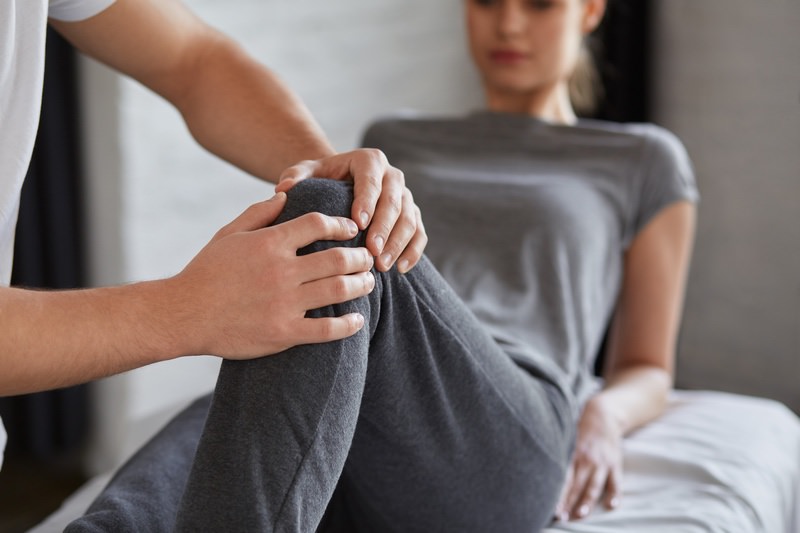Osteopathy for adults | Listening to your body
A body put to the test
Fatigue, stress and burn-out are common ailments in the daily lives of many adults. Today’s pace of life, poor posture at work and a sedentary lifestyle are all factors that encourage stress to build up in our bodies.
In the long term, the accumulation of these imbalances leads to dysfunctions that manifest themselves as muscular, visceral or cranial pain. Gradually, they can have a real impact on your wellbeing and the ability to carry out everyday tasks.
This can take the form of musculoskeletal tension (blockages in certain movements, difficulty walking), functional or digestive problems (bloating, reflux, constipation, etc.) or ENT problems.
Regular, preventive consultations with an osteopath can help prevent the onset of these disorders and ensure that you maintain a good state of health.
Reasons for consultation
Whatever your age, it is advisable to have an osteopathic check-up once or twice a year. However, it is also possible to have an emergency consultation with an osteopath if acute pain is affecting your day-to-day wellbeing.
During a check-up, the osteopath will check the upper and lower limbs, posture and visceral tensions, even if there are no digestive problems.
The most frequent reasons for consulting an osteopath with painful symptoms in adults are:
- lower back pain (sciatica, lumbago);
- back pain (intercostal pain);
- musculoskeletal pain (muscular and articular);
- torticollis;
- sprains (wrist, ankle);
- tendonitis;
- migraines;
- neuralgia;
- digestive problems (constipation, bloating);
- genital problems, particularly body pain in females (menstruation, pain during intercourse, endometriosis).

Got a question? The osteopaths at URGENT-OSTEO can help. Please do not hesitate to get in contact to find out which treatment is best suited to your symptoms.
Course and benefits of an osteopathic session for adults
Each consultation comprises 4 phases during which the osteopath gets to know their patient.
Anamnesis: The osteopath asks you about the reasons for your visit and traces your history (previous traumas, surgical and medical operations, emotional shocks such as death and separation). This information enables the osteopath to establish a relationship with the messages sent by your body and thus avoid creating additional pain.
Osteopathic examination: the practitioner inspects every part of your body, even if the pain does not seem to be linked to certain areas. For example, a sprained ankle may have an effect on your back pain.
Treatment: During this third phase, the osteopath will correct your injuries. Depending on your needs and the problems you have identified, they will use a variety of methods, including gentle palpation, muscle contraction, reflex techniques, trigger points, muscle grinding and stretching. The aim is to release tension and rebalance your body.
Evaluation of the session: At the end of each appointment, your practitioner will inform you of the injuries that have been treated and give you recommendations on what to do next (change your posture, moderate exercise, etc.).
The main reason for consulting an osteopath for adults is to relieve acute pain. However, osteopathy is also a preventive manual therapy. It allows:
- improved body mobility;
- improved postural balance
- more effective recovery after exercise.